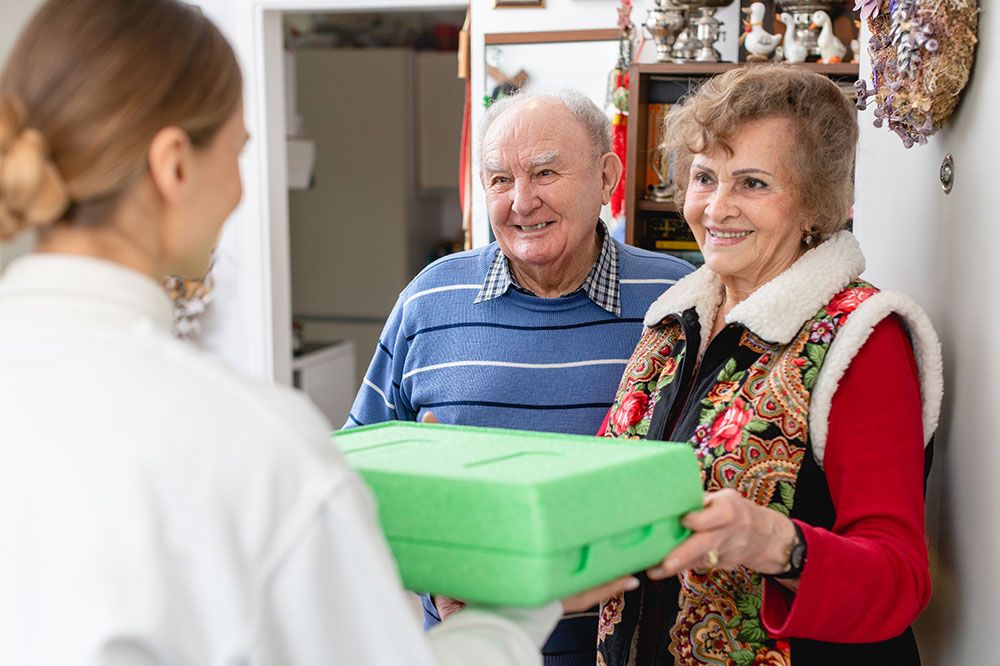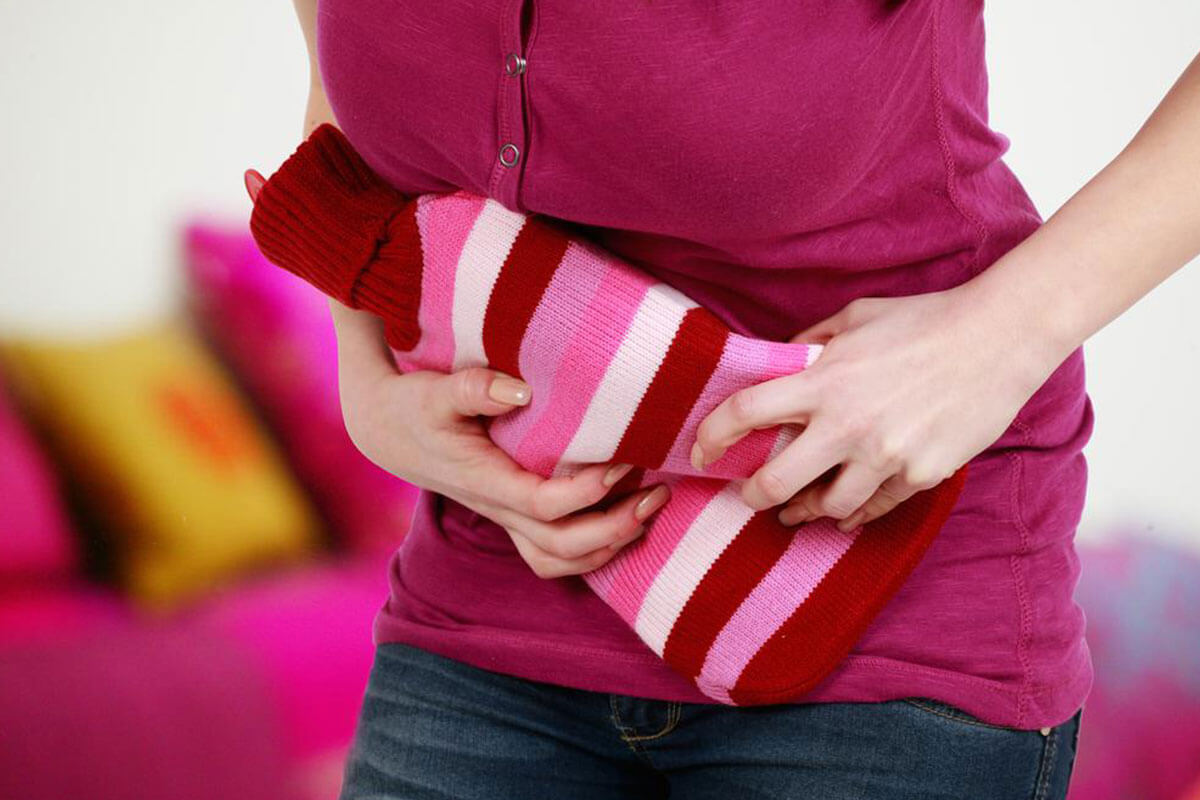Best meal kit services for seniors

Meals kits for seniors have slowly seen an increase in demand, thanks to the convenience they provide to the elderly. Many seniors live independently, and cooking a meal for oneself becomes more of a chore with age. Therefore, some popular meal kit services provide them with daily nutrition at an affordable price. Here are a few notable examples.
Snap Kitchen
Snap Kitchen works with nutritionists to design a complete, balanced meal for its customers. These meals are prepared in advance and delivered to the user’s doorstep; all one has to do is heat the food whenever they want to consume it. The brand offers breakfast, lunch, and dinner options, along with some additional ingredients on request.
As far as the cost goes, Snap Kitchen provides 12 meals a week for around $11/meal. One can also opt for a six-meal plan, which costs approximately $13/meal.
Freshly
This is another meal kit service that delivers fully cooked meals to the customer’s doorstep. Freshly’s meals are cooked by professional chefs, which ensures quality during preparation. In addition, they use minimum sugar and ingredients that are less processed, making it healthy for seniors.
Freshly has different meals plans to choose from:
- Four meals per week cost $11.49/meal
- Six meals cost $9.49/meal
- Eight meals cost $9.29/meal
- Ten meals cost $8.99/meal
- 12 meals cost $8.49/meal
Magic Kitchen
Magic Kitchen offers not only meal plans but also an à la carte menu for those interested. The meal kit usually includes one entrée along with one or two dishes, and the à la carte menu has choices like mains, soups, desserts, and sides.
Magic Kitchen offers seniors a special discount – $10 off on any order worth $80 or above. However, the meal pricing differs according to the choice made, so customers need to browse through all the options and see what works best.
Real Eats
Procuring locally sourced ingredients from independent farmers is one of the specialties of this meal kit service. At Real Eats, the food is cooked keeping in mind the seniors’ nutritional needs, and a menu is prepared to cater to that.
Like many on this list, even Real Eats has several meal plans:
- 12 dinners a week cost $7.49/meal
- Eight dinners cost $8.24/meal
- Six dinners cost $7.99/meal
- Four dinners cost $7.49/meal


